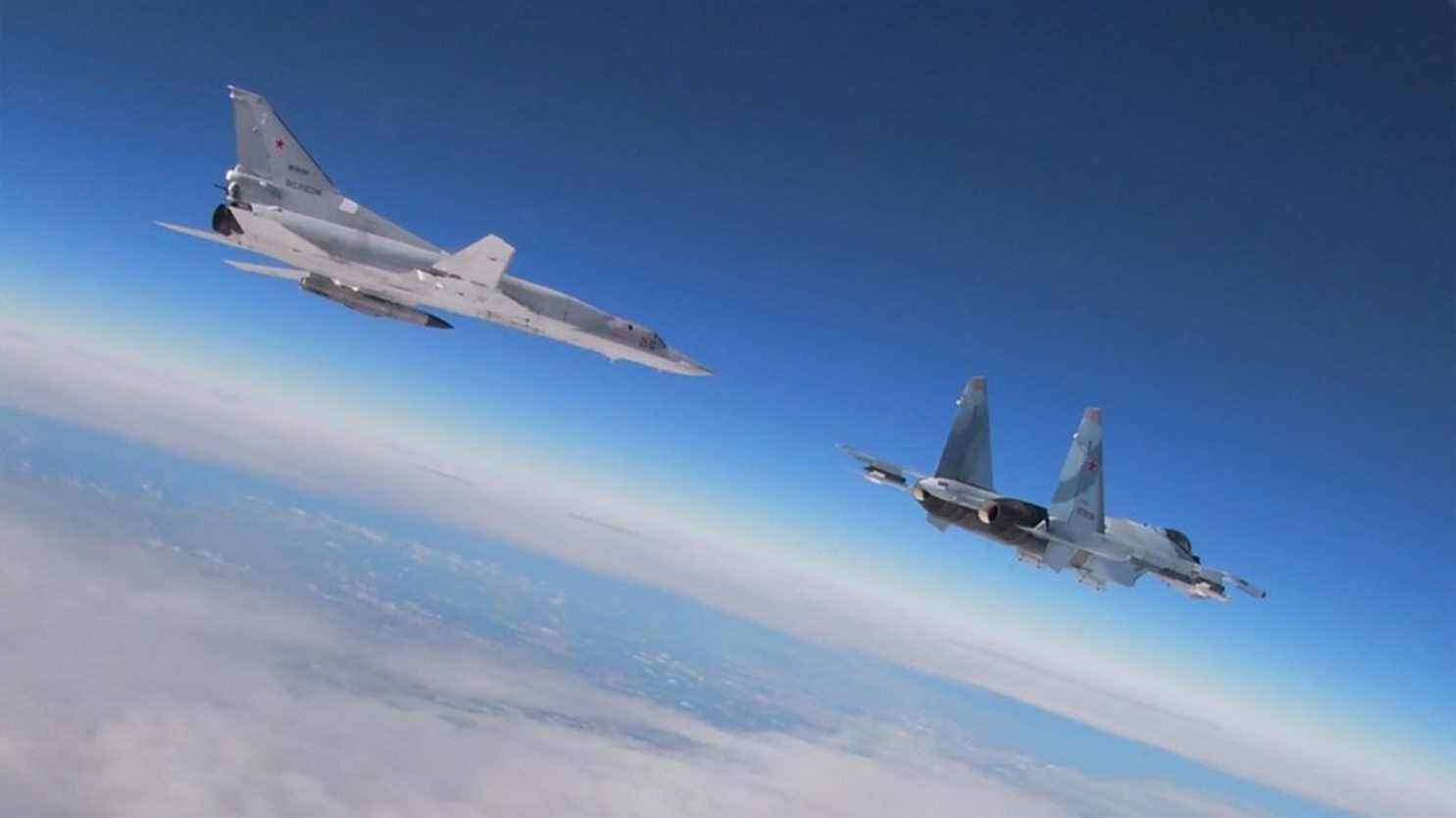Prohibit the overflight of Ukraine to prevent the bombardments of the Russian army? This is what Kiev has been asking Westerners for days, without success. NATO formally rejected the establishment of a no-fly zone over Ukraine on Friday March 4, fearing that it would cause a global escalation of the conflict. Explanations on the reasons for this decision.
1What is a no-fly zone?
The establishment of a no-fly zone (or “no-fly zone” in English), should make it possible to prohibit aerial overflight of an area. It is authorized by Article 42 of the United Nations Charter. It is specified therein that in the event of inadequacy of the first measures decided upon for the maintenance or restoration of international peace and security, “demonstrations, blockade measures and other operations carried out by air, naval or land forces of Members of the United Nations” can be undertaken.
In concrete terms, in the event of the establishment of a “no-fly zone”, aircraft flying over the territory affected must request authorization from the institution which implemented the blocking of the airspace. If the aircraft breaks the rule, it will be considered an enemy aircraft and may be shot down. In 2011, thehe United Nations Security Council in New York passed a resolution establishing a no-fly zone over Libya.
2Why did Ukraine make this request?
By asking for this measure, Kiev hoped for a respite from the bombardments carried out by the Russian air force, which took control of the Ukrainian skies.
Dmytro Kouleba, Ukrainian Foreign Minister, addressed his counterparts on Friday, during an emergency meeting of Alliance foreign ministers to call for the establishment of the no-fly zone.
“My message was: ‘Act now, before it’s too late. Don’t let Putin turn Ukraine into Syria’. We will keep fighting. But we need partners to help us with actions concrete, resolute and fast, now”said the minister on Twitter.
3Why did NATO refuse to implement it?
The establishment of a no-fly zone is not just a diplomatic decision. “The only way to implement a no-fly zone is to send NATO fighter jets into Ukrainian airspace and then shoot down Russian jets to enforce it”explained Jens Stoltenberg, Secretary General of NATO, at the end of this meeting.
However, the Alliance categorically refuses to send its military troops there, both on the ground and in the air, because such a turn would be synonymous with escalation. “The Allies have agreed that we should not have NATO planes operating in Ukrainian airspace or NATO troops on the ground, because we could end up with an all-out war in Europe,” further explained its secretary general.
“We have a responsibility to prevent this war from escalating beyond Ukraine. Because that would be even more dangerous, more devastating, and cause even more human suffering.”
Jens Stoltenberg, Secretary General of NATOMarch 4, 2022
An analysis shared by military historian Guillaume Lasconjarias, interviewed by France 24: “That would make a conflict between Russian air forces and NATO forces literally inevitable.”
A confrontation between the forces of NATO and Russia would be all the more dangerous as it would pit the nuclear powers against each other, the United States and Russia together controlling about 90% of the world’s nuclear warheads, recalls Vox (in English).
NATO has nevertheless strengthened its defenses in the East with the deployment for the first time of its rapid reaction force, the dispatch of thousands of Alliance soldiers to the countries on the eastern flank and the alert more than 130 combat aircraft and more than 200 ships at sea.
